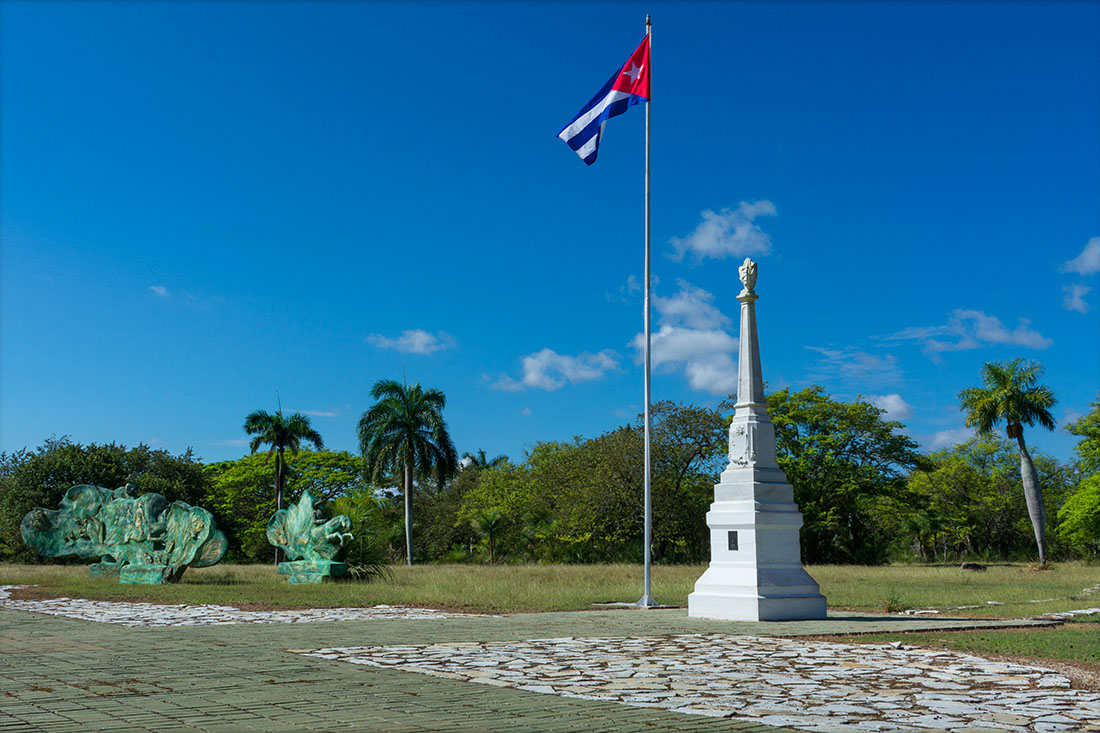The strategist from the Sierra, from Girón, from Angola…
It was one hundred years since the fall in combat of Major Ignacio Agramonte, on May 11th, 1973. In the historic San Juan de Dios square, where the body of the Camagüey caudillo was taken by the Spanish troops that Monday, May 12th, the solemn act was celebrated.
Commander in Chief Fidel Castro made a detailed tour of the political-military career of Ignacio Agramonte. His reflections were fundamental to henceforth better understand the route of the lawyer who became a fundamental political-military figure of the Revolution in his native region, and his radical position to promote and defend the cespedista liberation project, above all, after dismantling faltering tendencies and traitors outlined in Las Minas Meeting, on November 26th, 1869.
Fidel stressed that Agramonte had been the savior of the Revolution. And opponent of the annexationist trend that he showed at the beginning of the liberation process. For more, who stressed: “May our cry be forever: Independence or Death”! he could not go over to the side of the United States.
Fidel reflects on the combat
In the speech delivered at the solemn evening, Fidel stated: «[…] crossing from one side of the pasture to the other to give instructions to the cavalry, he suddenly meets a Spanish company; that, without being discovered yet, had penetrated through the Jimaguayú pasture (…) And in these circumstances, in an unexpected way, Agramonte -accompanied only by 4 men from his escort- suddenly found himself in the middle of that Spanish company (…) , and dies in that action by a bullet that goes through his right temple ».
The next day, Fidel and his companions traveled to the Jimaguayú pasture, where El Mayor had been mortally wounded. He had already diligently reviewed, as was his habit, texts by historians Gerardo Castellanos, Juan J. E. Casasús and others, which detailed the hero’s life and contained plans of the scene of the Holocaust on May 11th, 1873. Fidel drew his own conclusions. He made wise comments about what happened and about how the combat should have been fought, which he would comment on the few companions of him and his assistant Masola.
The design of the emplacement of the Cuban forces seemed correct to deal a mortal blow to the adversaries, who did not fall into the trap of the “hammer” in L, which was used on successive occasions by the Cuban insurrection. The observation seemed to fail, which the Spanish chief José Rodríguez de León knew how to take advantage of to first advance the infantry and penetrate the pasture, leaving the cavalry safe for the opportune moment of the clash with the Cuban led by El Inglesito Henry Reeve. Discovered the ploy by El Mayor, he wasted no time in flying over the guinea to stop El Inglesito, but it was too late.
Amalia Simoni, the caudillo’s wife, caught his attention on April 30th, when she wrote that he was exposing himself too much, that he was fighting like crazy, that “his courage was excessive.” Fidel also warned that, in such a compromised tactical situation, it was impossible to prevent the death of the most courageous and useful man of the Revolution in Camagüey.
Translated by: Aileen Álvarez García






